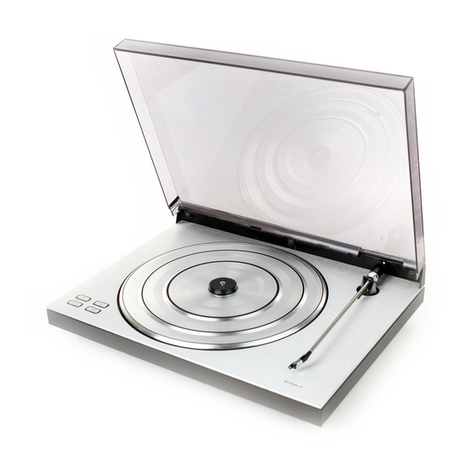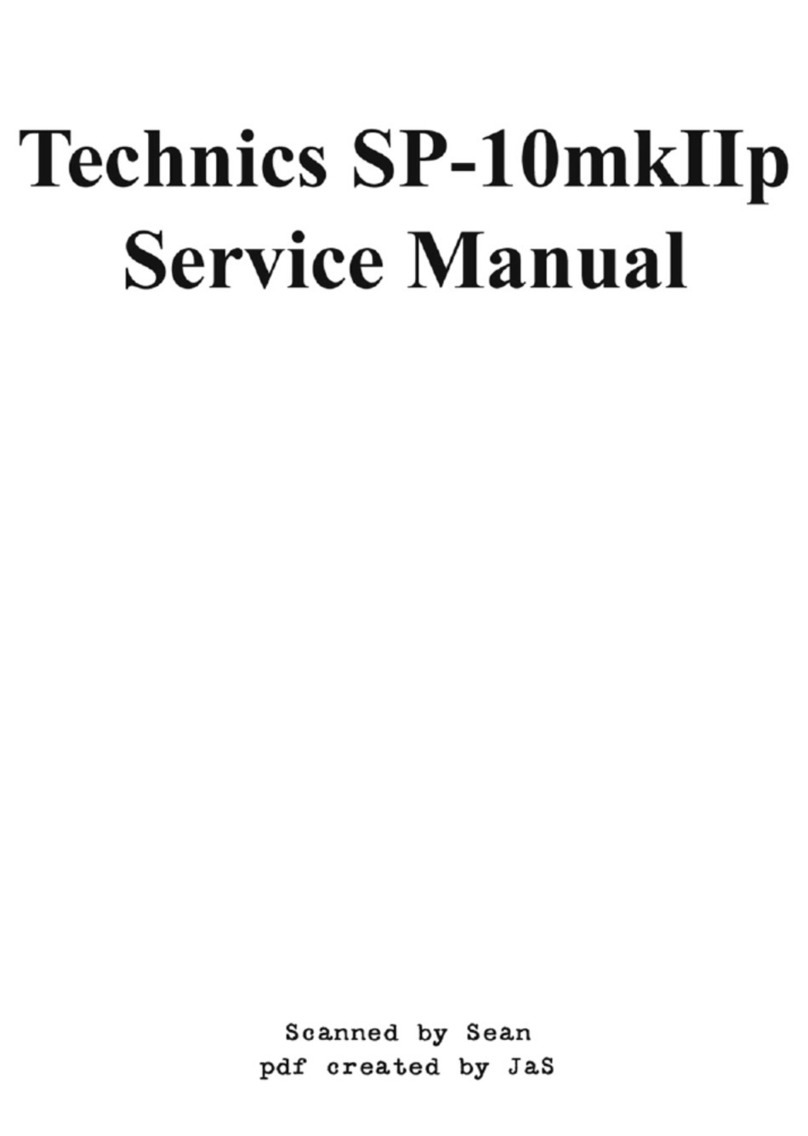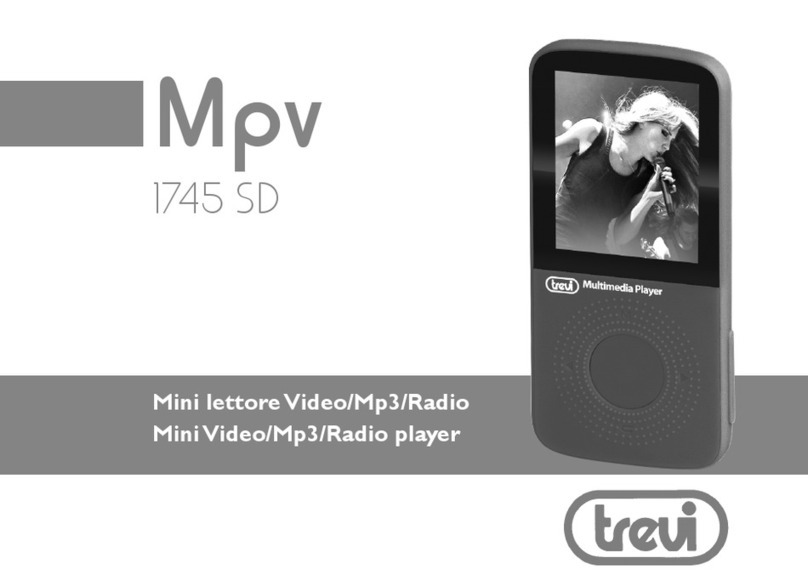Bang & Olufsen BEOGRAM 4002 User manual
Other Bang & Olufsen Turntable manuals
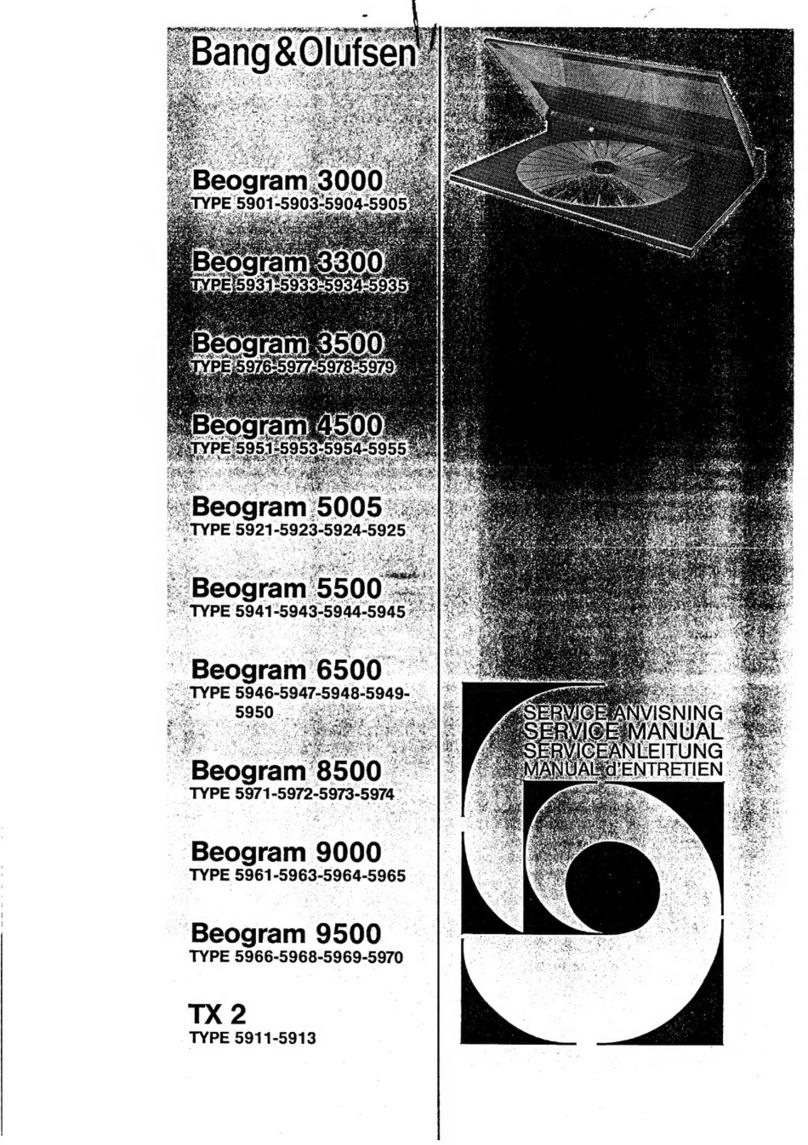
Bang & Olufsen
Bang & Olufsen Beogram 3000 User manual

Bang & Olufsen
Bang & Olufsen Beogram 3000 5901 User manual

Bang & Olufsen
Bang & Olufsen Beogram 6500 User manual

Bang & Olufsen
Bang & Olufsen BEOGRAM 4002 User manual
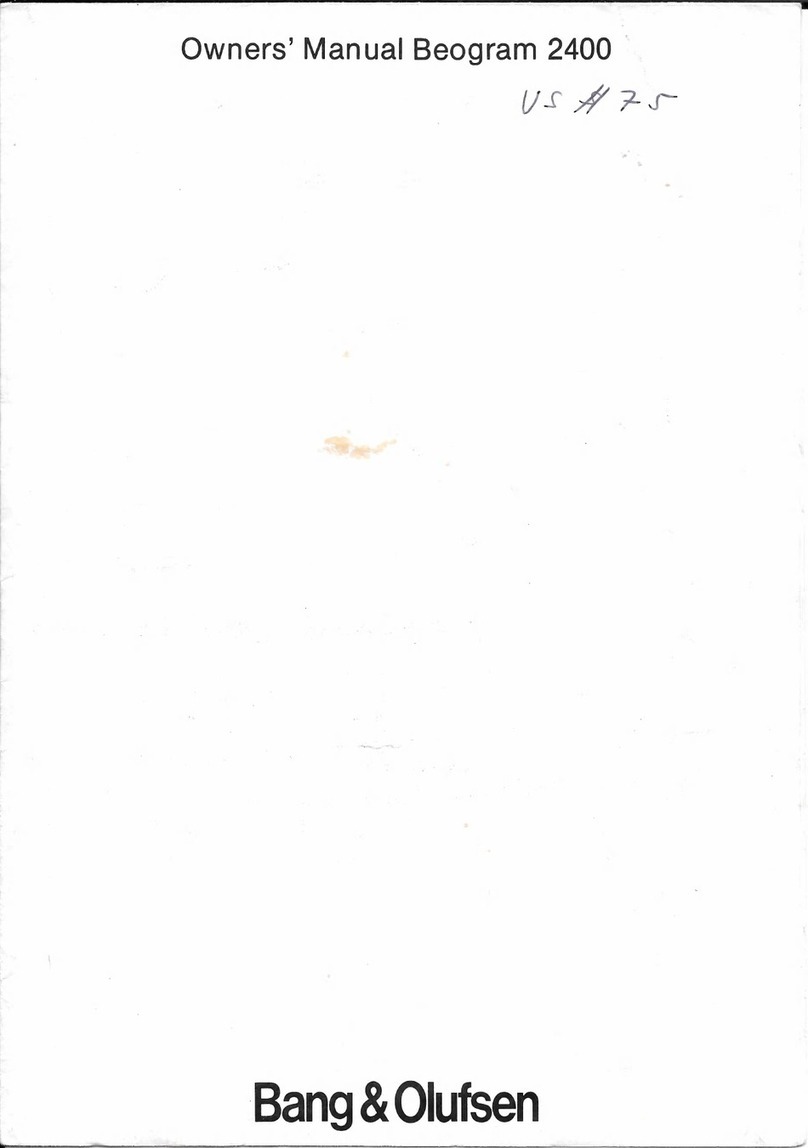
Bang & Olufsen
Bang & Olufsen beogram 2400 User manual

Bang & Olufsen
Bang & Olufsen Beogram 5500 User manual
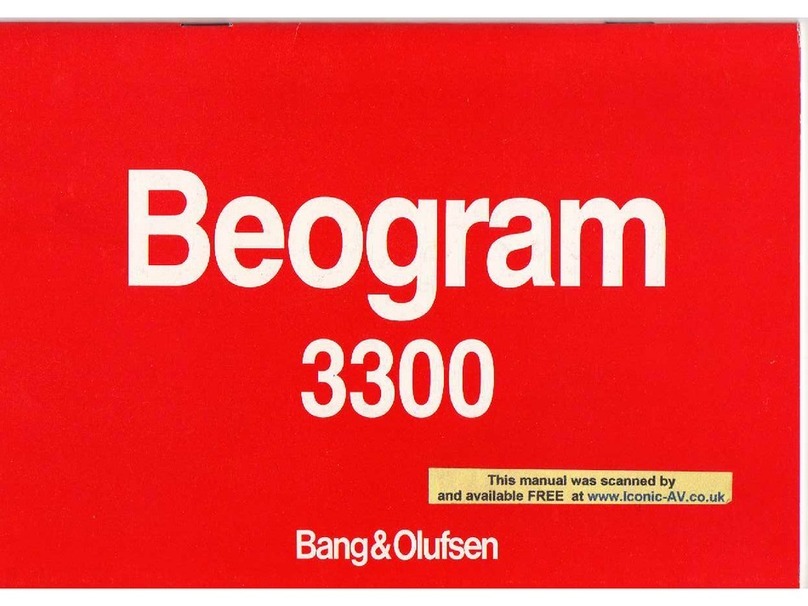
Bang & Olufsen
Bang & Olufsen Beogram 3300 User manual

Bang & Olufsen
Bang & Olufsen BEOCENTER 3600 User manual

Bang & Olufsen
Bang & Olufsen Beogram 4000c User manual

Bang & Olufsen
Bang & Olufsen Beogram 3000 User manual

Bang & Olufsen
Bang & Olufsen Beogram 2200 5721 User manual

Bang & Olufsen
Bang & Olufsen beogram 3000 5211 User manual

Bang & Olufsen
Bang & Olufsen Beogram 1200 User manual

Bang & Olufsen
Bang & Olufsen Beogram 4000 User manual

Bang & Olufsen
Bang & Olufsen Beogram 1800 User manual

Bang & Olufsen
Bang & Olufsen Beogram 3000 User manual
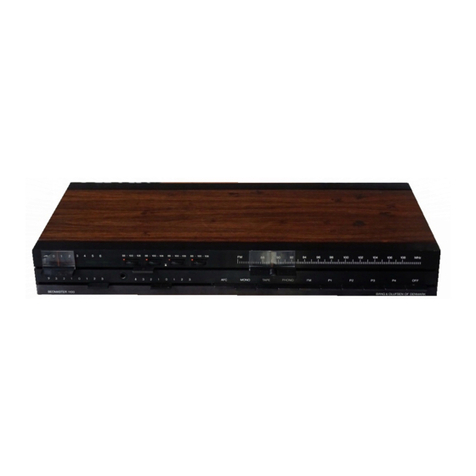
Bang & Olufsen
Bang & Olufsen Beocenter 1100 User manual
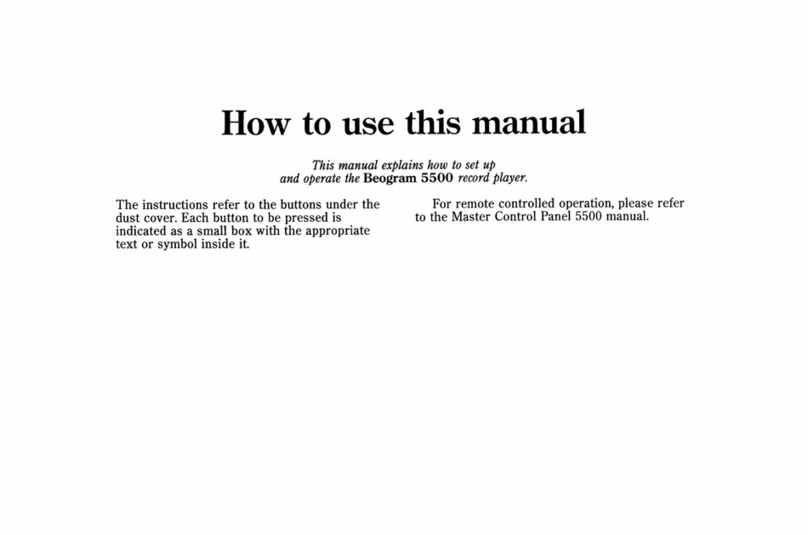
Bang & Olufsen
Bang & Olufsen Beogram 5500 User manual

Bang & Olufsen
Bang & Olufsen beogram 2200 User manual

Bang & Olufsen
Bang & Olufsen BEOGRAM 1202 User manual


